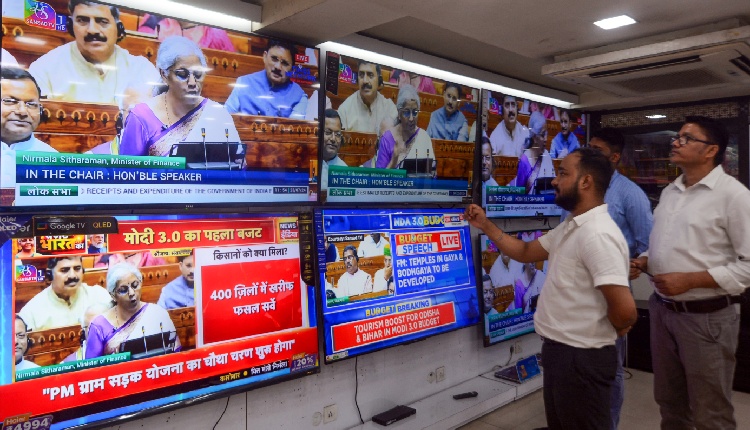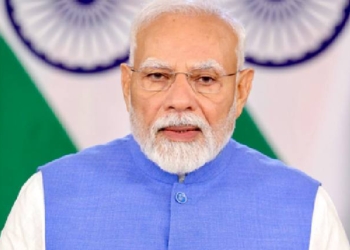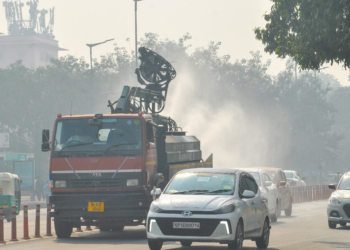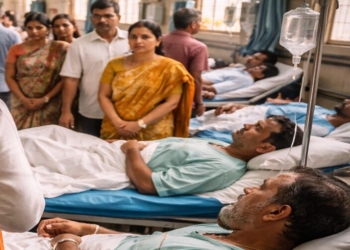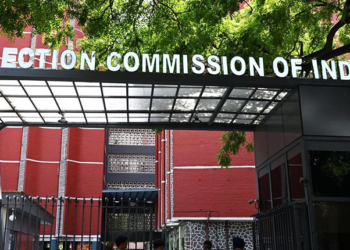New Delhi: The Union Budget 2024-25 is a clear indication that the Modi government would continue to cater to its four core constituencies on a priority basis – women, poor, youth and farmers.
In this context, the government has underlined nine thrust areas: Productivity and resilience in Agriculture, Employment and Skilling, Inclusive Human Resource Development and Social Justice, Manufacturing and Services, Urban Development, Energy Security, Infrastructure Innovation, Research and Development and Next Generation Reforms.
Employment generation
The top priority of the Modi government seems to be employment generation and rightly so as India has one of the largest young work forces globally. Lack of employment is often the result of poor skill sets.
So, to deal with the challenge holistically, the union finance minister Nirmala Sitharaman announced the Prime Minister’s package of 5 schemes and initiatives to facilitate employment, skilling and other opportunities for 4.1 crore youth over a 5-year period with a central outlay of ₹2 lakh crore. This year, ₹1.48 lakh crore has been allocated for education, employment and skilling.
The government will implement three schemes for ‘Employment Linked Incentive’, as part of the Prime Minister’s package. These will be based on enrolment in the EPFO, and focus on recognition of first-time employees, and support to employees and employers.
The government will also facilitate higher participation of women in the workforce through setting up of working women hostels in collaboration with industry and establishing creches.
As the 5th scheme under the Prime Minister’s package, the government will launch a comprehensive scheme for providing internship opportunities in 500 top companies to 1 crore youth in 5 years.
Skilling
The Finance Minister has announced a new centrally sponsored scheme, as the 4th scheme under the Prime Minister’s package, for skilling in collaboration with state governments and Industry. Around 20 lakh youth will be skilled over a 5-year period and 1,000 Industrial Training Institutes will be upgraded in hub and spoke arrangements with outcome orientation.
She also announced that the Model Skill Loan Scheme will be revised to facilitate loans up to ₹7.5 lakh with a guarantee from a government-promoted Fund, which is expected to help 25,000 students every year.
For helping the youth, who have not been eligible for any benefit under government schemes and policies, financial support for loans up to ₹10 lakh for higher education in domestic institutions will be provided. E-vouchers for this purpose will be given directly to one lakh students every year for annual interest subvention of three per cent of the loan amount.
Agriculture
Modi government has announced a provision of ₹1.52 lakh crore for agriculture and allied sectors this year. This shows that agriculture and farmers’ welfare remain on top of the government’s agenda. This has been the consistent stand of the Modi government for the last two terms.
And in this first union budget of the third term of this government, it is significant that this continuity has been maintained. Agriculture and allied services form the nucleus of economic activities in India and strengthening this sector brings multiple gains for the industry and services sector through backward and forward linkages.
Modi government has adopted a futuristic view of Indian agriculture as in the next two years, one crore farmers across the country will be initiated into natural farming supported by certification and branding.
Around 10,000 need-based bio-input resource centres will be established. To achieve self-sufficiency in pulses and oilseeds, the government will strengthen their production, storage and marketing and to achieve ‘aatmanirbharta’ for oil seeds such as mustard, groundnut, sesame, soybean, and sunflower.
The government, in partnership with the states, will facilitate the implementation of the Digital Public Infrastructure (DPI) in agriculture for coverage of farmers and their lands in three years.
The digitalisation of land records of farmers will go a long way to provide ‘ease of doing farming and other allied activities’ to Indian farmers. This would reduce litigation, social friction and tension in rural India where doubts over the veracity of land records are at the core of many land disputes that often result in serious criminal offences also. This would also ensure that the farmers aren’t exploited by vested interests by undermining the value of their land.
Big push to MSMEs
This budget provides special attention to MSMEs and manufacturing, particularly labour-intensive manufacturing. A separately constituted self-financing guarantee fund will provide, to each applicant, a guarantee covering up to ₹100 crore, while the loan amount may be larger. The limit of Mudra loans has been enhanced to ₹ 20 lakh from the current ₹ 10 lakh for those entrepreneurs who have availed and successfully repaid previous loans under the ‘Tarun’ category.
Urban housing
Three crore additional houses under the PM Awas Yojana in rural and urban areas in the country have been announced for which necessary allocations have been made in the Budget. Under the PM AwasYojana Urban 2.0, the housing needs of 1 crore urban poor and middle-class families will be addressed with an investment of ₹ 10 lakh crore. This will include the central assistance of ₹ 2.2 lakh crore in the next 5 years.
Conclusion
Overall, this budget indicates a continuity in the Modi government’s approach towards economic policy. It is forward-looking and reformist with a major focus on ensuring that while the economy should grow rapidly, the benefits should be distributed in such a manner that the fruits of prosperity should benefit the most those who are on the bottom of the pyramid.
(IANS)




